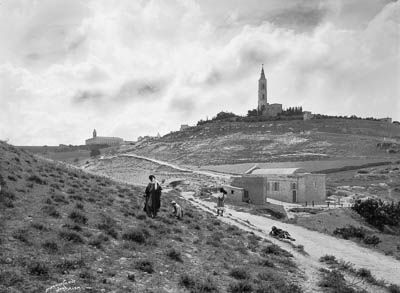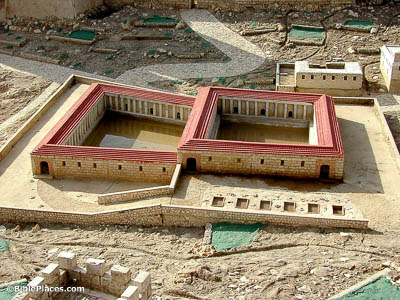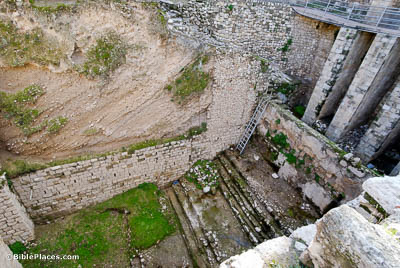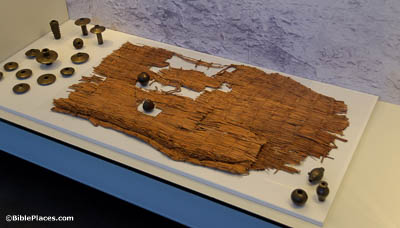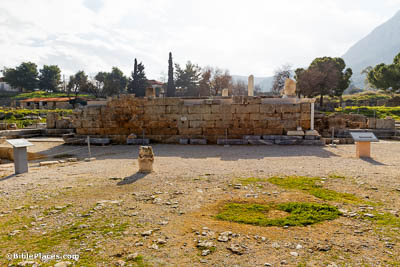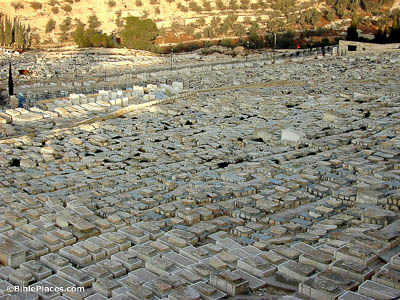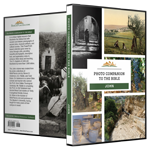After these things there was a feast of the Jews, and Jesus went up to Jerusalem (John 5:1).
Jesus had dear friends in Bethany, and there are multiple times in the Gospel accounts where He detours to visit them on His way to Jerusalem. If He did the same thing this time around, He would have traveled by the village of Bethphage as He made His way over the Mount of Olives. At the time this picture was taken (between 1898 and 1914), only the small Franciscan chapel in the foreground preserved the location of that ancient town.
